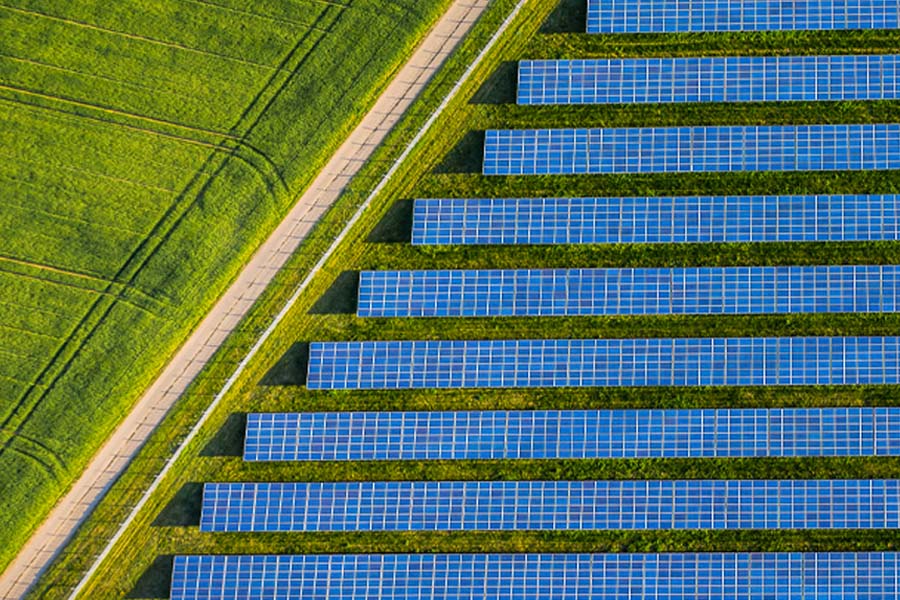As construction businesses and their clients attempt to reduce the industry’s environmental impact, technology holds the key.
From initial design through to the building phase, sustainable construction technology can support the sector as it moves to reduce its carbon footprint and combat climate change in addition to the rapidly rising costs of energy.
It will do this by driving better, more efficient processes, bringing new sustainable materials and methods of construction to the forefront, and providing the data and understanding needed to support better decision-making.
Using sustainable construction technology to drive the change
The construction industry must move to net zero by law, and there is a clear direction of travel when it comes to procurement, project finance and insurance. Going green isn’t an option; it’s an obligation.
Many organizations have started their journey, testing new solutions to reduce their impacts both in construction and operation.
With many sustainable construction solutions available, comparing different options can be difficult. A good first step is to invest in software tools that foster collaboration at the beginning of projects. Early engagement makes the likelihood of a more sustainable construction project greater if the full team can work together to set objectives and agree on outcomes.
This visioning and design stage sets the framework for all decisions on the project, including construction methodology, materials and factors relating to operation. Get things right here, including agreeing on realistic performance expectations, and you’ll be a good step along the journey to sustainable construction.
Working in this way is more efficient as well, increasing the opportunities to remove waste from the process. Even at its most basic level, collaborative software removes a significant amount of paper and gets everyone using the latest plans, avoiding unnecessary work and creating a helpful audit trail for the project.
Building methods are changing
It’s not just in traditional construction methods that we need to look for sustainable options. Modern methods of construction (MMC) promise a more efficient, low-carbon future too.
Greater use of offsite manufacturing can embed sustainable construction methods from the start. Constructing buildings in a factory environment means the most efficient and accurate production methods can be used, improving quality and removing waste.
Manufacturing also lends itself to continuous improvement. As new, more energy-efficient or environmentally friendly products become available, production can easily follow suit.
Monitoring performance to improve the future
Tracking lifecycle information, which compares the original brief, design approach and “in-use” performance, provides building operators with a greater understanding of their assets. Construction technology is perfectly placed for this. Software can spot and analyze trends in real time and help to manage risks, ensuring compliance and driving projects that are more efficient, better quality and achieve better value. In turn, this will reduce both the financial and carbon costs of our buildings.
To help organizations explore the topic of sustainability in the construction industry further, we have worked on a guide with the Chartered Institute of Building (CIOB). It is divided into three sections – planning and design, construction and occupation, and ongoing management – to provide an overview of where technology can be introduced to influence and deliver more sustainable outcomes.
For more information, you can download the guide “The Role of Technology in Sustainability” below.











